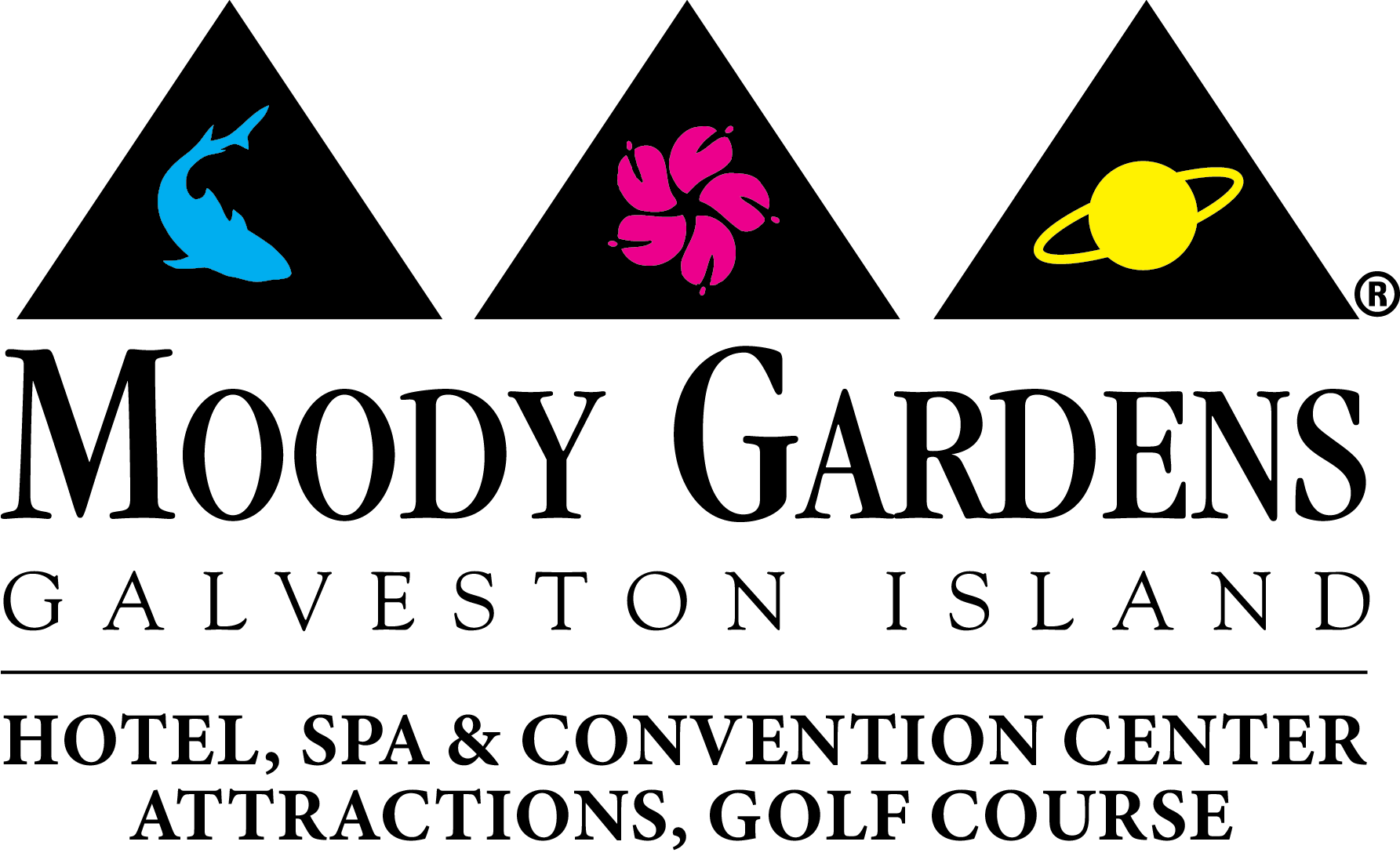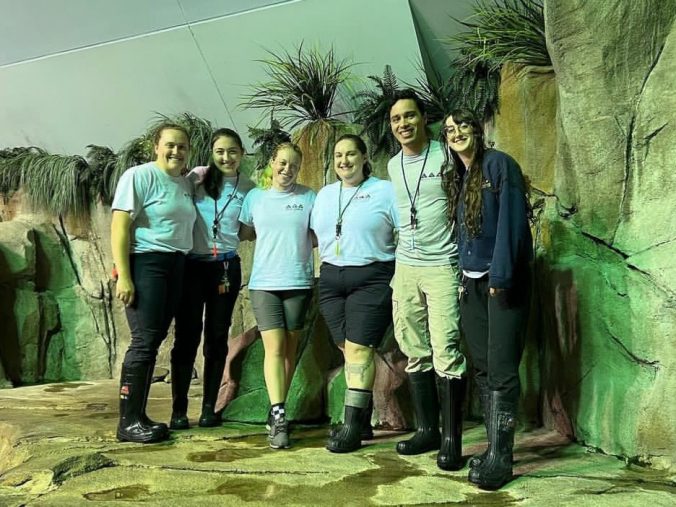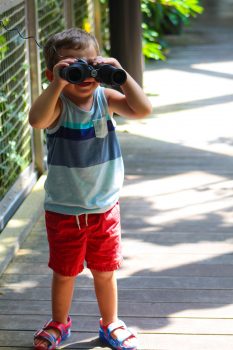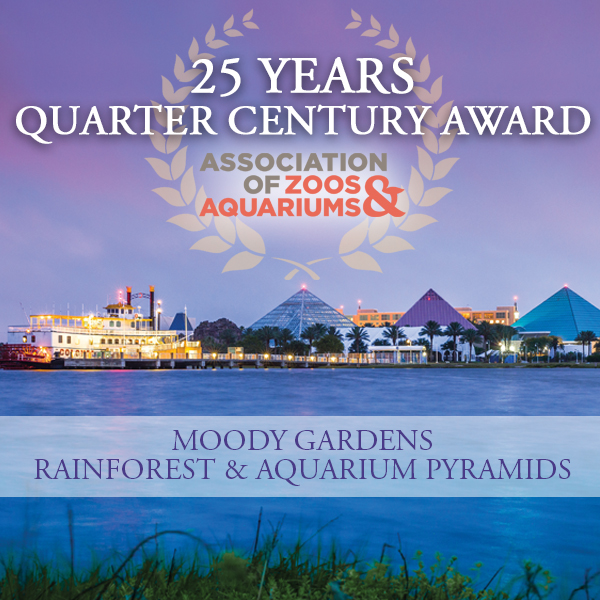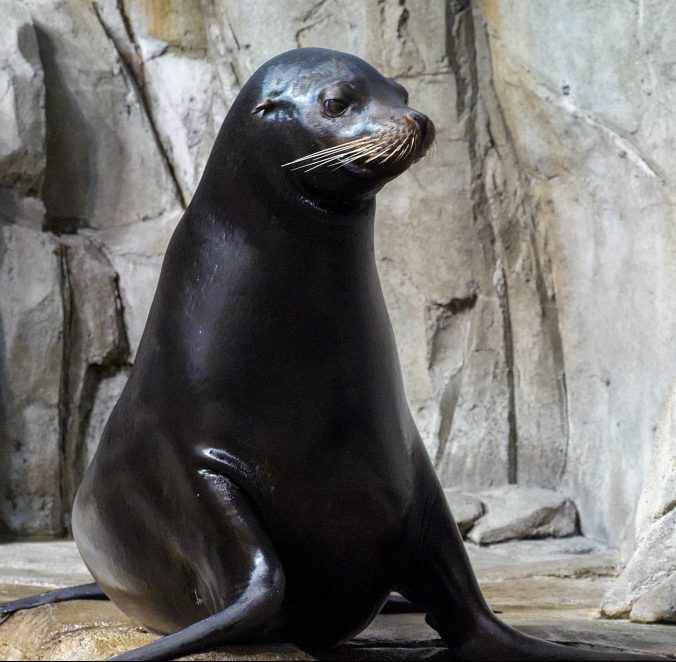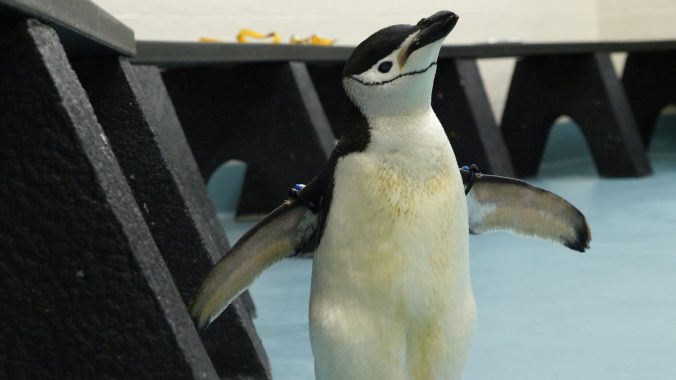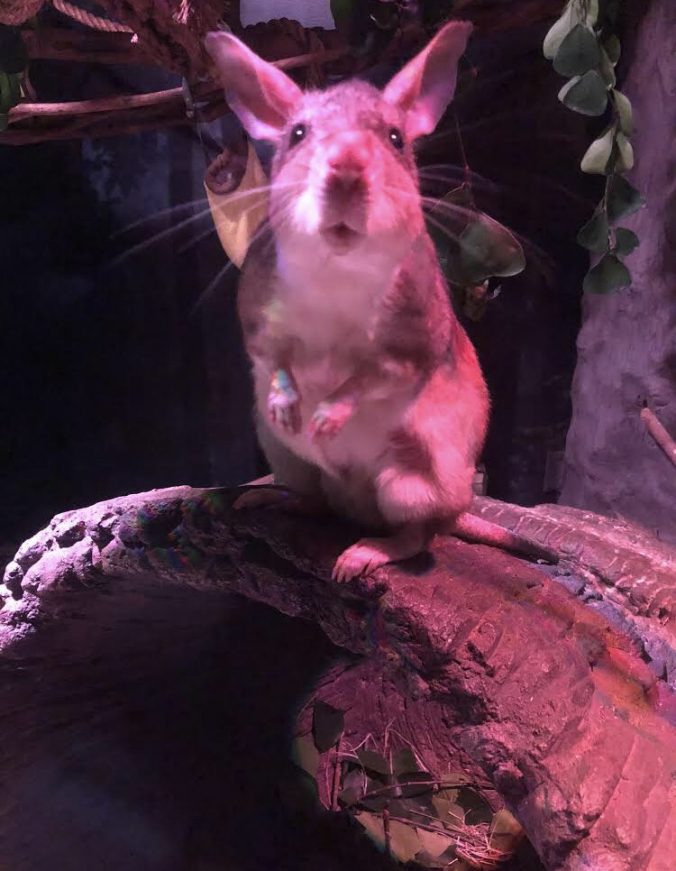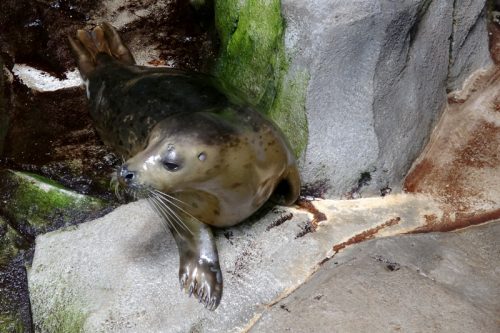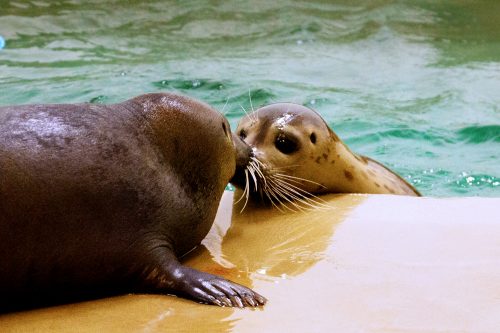Last week, we had the pleasure of celebrating National Zookeeper Week, a time dedicated to honoring the unsung heroes of our sanctuary – the hardworking and passionate individuals who dedicate their lives to caring for our beloved animals. As we reflect back on this special week, we cannot help but be overwhelmed with gratitude for our incredible team of zookeepers who make Moody Gardens a truly magical place.
One of our cherished team members, Janie, the talented Penguin & Seal Biologist, beautifully summed up her experience with the following heartfelt quote: “Over the last 2+ years, I have learned so much, made wonderful memories, and gotten to work with some amazing people and animals! The 14-year-old me that started volunteering at Moody Gardens could only dream of having this career, and I’m so happy to have achieved that dream. Hug your local zookeeper and enjoy the photos!”
Janie’s story exemplifies the journey of passion and dedication that our zookeepers embark upon. Many of them begin as bright-eyed volunteers, motivated by their love for wildlife and the desire to contribute positively to conservation efforts. Over time, they grow and learn, gaining valuable knowledge and hands-on experience through countless hours of hard work and determination.
These remarkable individuals play an integral role in our mission to utilize nature in the advancement of rehabilitation, conservation, recreation, and research. Through their care, expertise, and commitment, our animals thrive in a safe and nurturing environment, allowing visitors to witness their natural behaviors up close and personal.
National Zookeeper Week gives us the opportunity to recognize the challenges our team faces daily. From meticulously preparing diets tailored to each animal’s needs to creating stimulating environments that encourage physical and mental well-being, their dedication knows no bounds. Their efforts extend beyond the well-being of the animals, as they also serve as invaluable educators, teaching the public about the importance of conservation and the need to protect these incredible species.
At Moody Gardens, we take immense pride in our diverse and talented team of zookeepers who work tirelessly to ensure the happiness and well-being of our animals. Each member brings their unique skills, experience, and passion to the table, resulting in a vibrant and harmonious atmosphere that permeates throughout our sanctuary.
As we honored our zookeepers during this special week, we also wanted to extend our heartfelt appreciation to you, our dear visitors, and supporters. Your continued love and support make it possible for us to maintain our high standards of care and carry out crucial conservation efforts.
We encourage you to take a moment to express your gratitude to the zookeepers at your local wildlife sanctuaries and zoos, no matter the week. Their dedication often goes unnoticed, but their impact on the lives of both animals and humans is immeasurable.
So, from all of us here at Moody Gardens, a big shoutout to our amazing team of zookeepers! Your hard work, passion, and unwavering commitment inspire us daily, and we are incredibly fortunate to have you as part of our family.
Let us continue to cherish and protect the fascinating creatures that share our planet, and as Janie said, don’t forget to give your local zookeeper a warm hug of appreciation!
With heartfelt thanks and warm wishes,
Jaree Hefner
Moody Gardens Blogger
